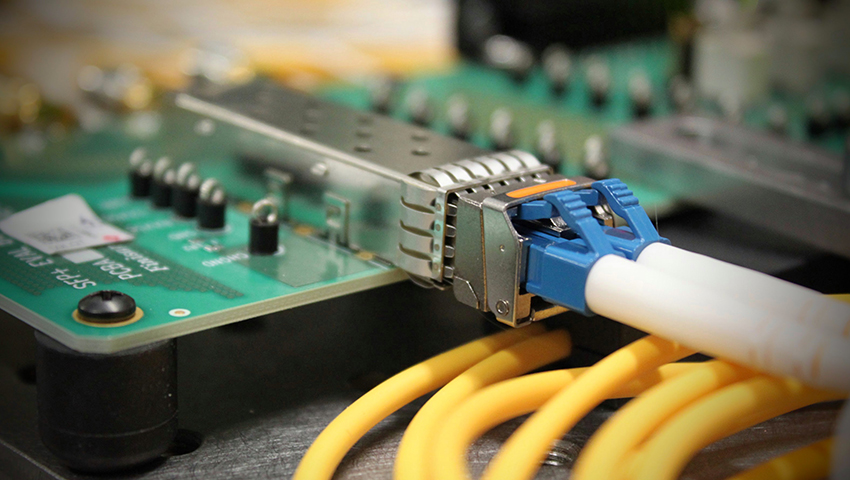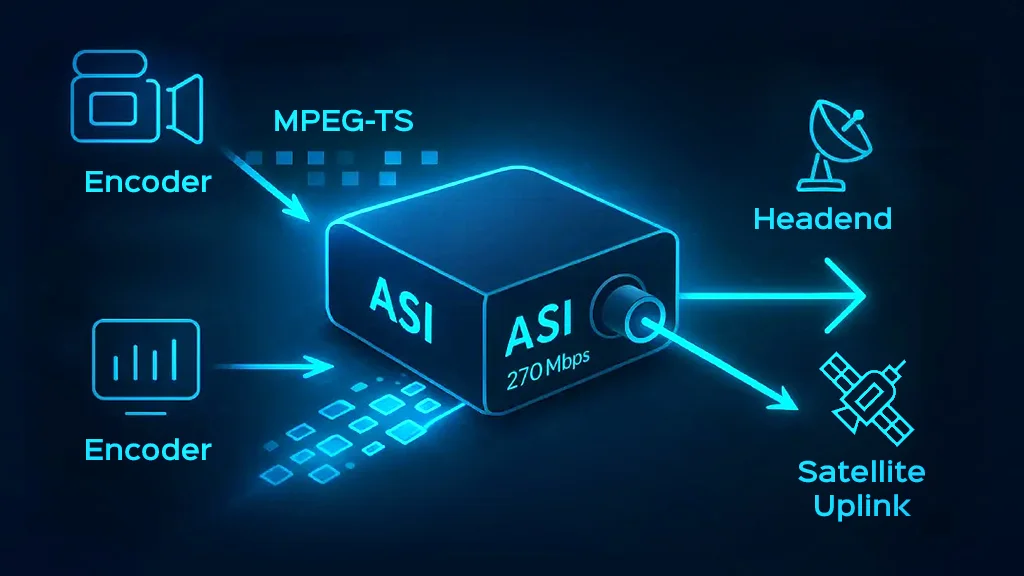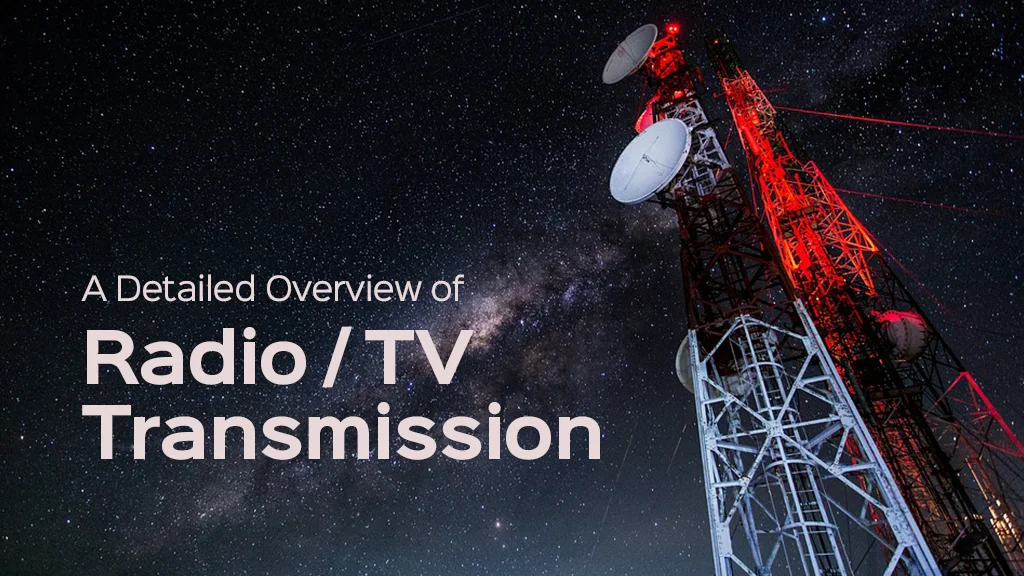
- Academy
- Article
Optical Communication (Part 3)
In the last part of the article and as an example of the applications of optical communication, a brief description of the signals and the systems related to the optical data transmission in the field of radio and TV broadcasting has been covered.
Optical communications in the field of radio and television broadcasting
In radio and television broadcasting centers, we may be faced with the transmission of several groups of the following different signals:
- Video signals: analog, digital TV signals (12G-SDI, 3G-SDI, HD-SDI, SD-SDI), HDMI and DVB-ASI, …
- Audio signals: analog, digital AES/EBU, multi-channel audio (MADI), and Intercom
- Control signals: control signals of RS-232, RS-422, and RS-485 ports and signals related to GPI and GPO ports.
- Data communication signals: Ethernet signals under several IEEE 802.3X standards that range from 10 Mb/s to 800 Gb/s bit rate. Signals received from GPS and mostly used as synchronization reference signals, such as 1 PPS and 10 MHz signals.
- Telecommunication signals: pseudo-synchronous digital hierarchy (PDH) telecommunication signals that include E-Carrier signals: E1(2Mb/s), E3(34Mb/s), E4(140Mb/s), T-Carrier signals: T1/DS -1 (1.544 Mb/s), T3/DS-3 (44.736 Mb/s) and Synchronous Digital Hierarchy (SDH) and Synchronous Optical Network (SONET) which includes STM-1/OC-3 (155.52 Mb/s), STM-4/OC-12(622.08Mb/s), …
Transmission of all these signals with copper cables and microwave links over long distances is impossible or very expensive; and exactly here, fiber optic communication solutions can work well.
Some of these signals have a two-way communication nature, but the communication of others, such as television or radio program signals, is not necessarily two-way.

In long-distance communications, we need optical amplifiers and sometimes we need to regenerate the optical signal in the communication path. If the energy of the received optical signals is sufficient, passive dividers, splitters, or optical switches can be used to distribute and exchange signals between different systems.
A good feature in here is to transmit two or more signal lines through a single optical fiber line by wavelength division multiplexers, which are different types of WDM, CWDM multiplexer , and DWDM. Depending on the number of signal lines, we use one of three types or a combination of them and assign a specific wave length to each optical signal. In dense DWDM optical networks, wavelength selection switches are used to drop or add an optical signal with a specific wavelength at the points of the communication path. When we need to change the wavelength of the optical signal in the communication path to apply it to the wavelength multiplexer system, the optical transponder system is used. In this system, the optical signal with a specific wavelength is received and converted into an electrical signal then after necessary processing it is converted into an optical signal at the desired wavelength.
Read also :
Optical Communication (Part 1)
System protection switches such as unit protection and path protection are usually used in optical networks to prevent signal interruption in the communication path. The first type is related to the failure of the main or additional units of the transmission system at the communication points. In case of failure in the main unit, the signal is switched to the additional unit. The type of path protection is related to the cut of optical fiber in the communication path. In this method, an additional path is considered for communication, and if the optical fiber cable is cut in the communication path, the signal is switched to the additional path, therefore, considering protection switches, the aforementioned signal transmission is guaranteed.
Conclusion:
In three different parts of this article, optical communications in free space, optical fiber communications and the applications of each were introduced. In terms of their special characteristics, optical fiber systems cover a large part of the information traffic in the world, and the advantages of optical fiber and low signal loss in its path are the main factors of the superiority of optical fiber networks in data transmission. A brief review was made of the structure and methods of light propagation in optical fiber types and the factors of loss and dispersion in them. In the end, as an example of the application of optical communication, a brief description of the signals and systems related to the optical transmission of content in the field of radio and TV broadcasting was given.
you can learn more about fibers in these blogs









